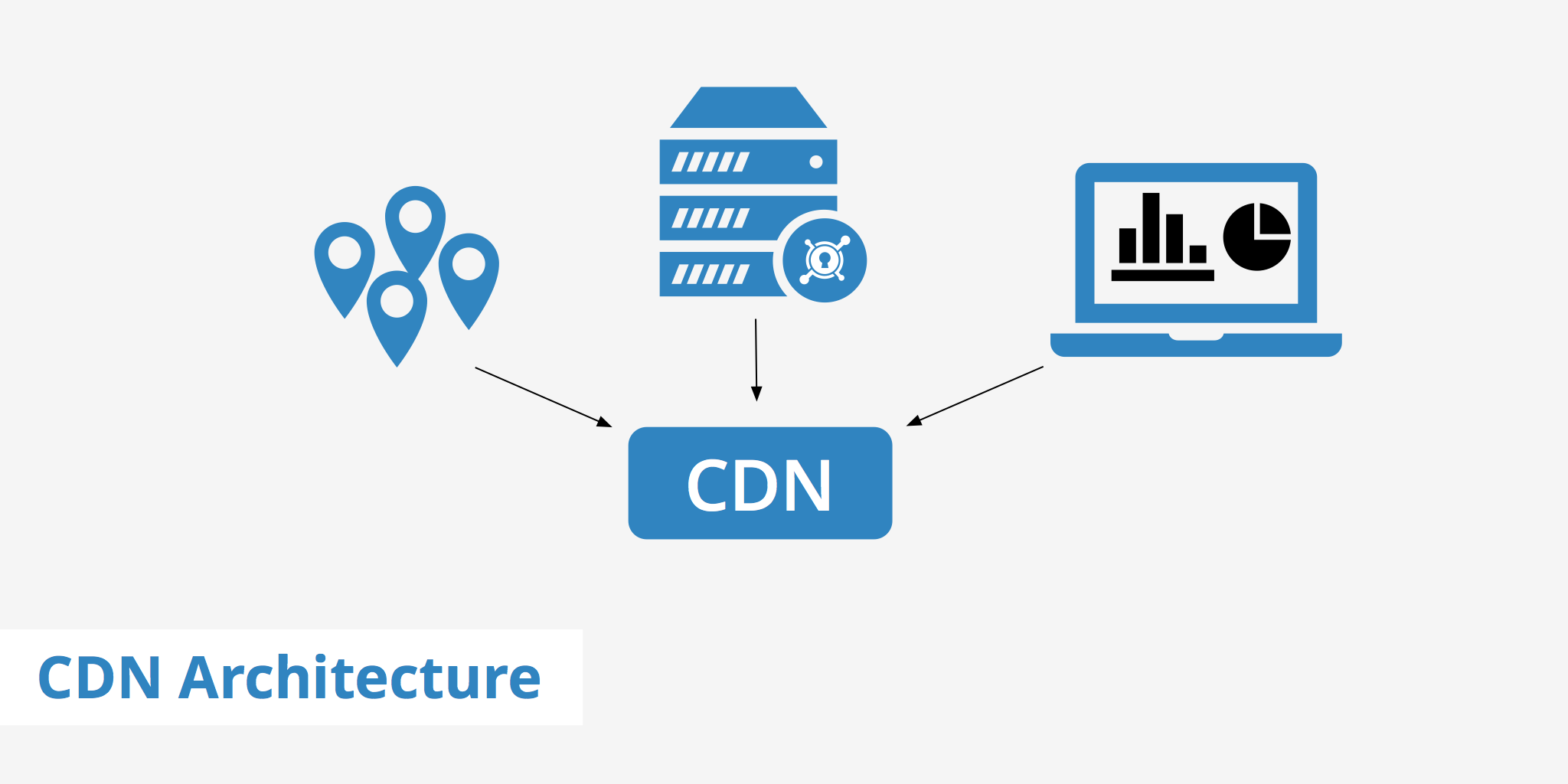computed实现原理
computed 依赖响应式数据,所以在实现的时候必然需要用到 Watcher,Vue2 会给实例对象创建一个 _computedWatchers 属性,跟该实例中 computed 对应的 Watcher 实例都会被保存在该数组中。
computed 的特点:
- 在没有使用到 computed 的时候,不会运行 computed 的
getter - 在改变 computed 所依赖的响应式数据的时候,不会立即更新 computed 的值,一切都要等到使用 computed 的时候
由于 computed 的特点,处理 computed 的 Watcher 实例有些特殊,处理的非常巧妙。
它具有一个 lazy 属性,用于标识这是一个 lazy watcher,同时也会具有一个属性 dirty 标识数据是否是脏数据,watcher 的 value 属性表示该计算属性的值。
在实例化该 Watcher 时,传递的 options 是一个极其简单的配置 { lazy: true },dirty 初始值等于 lazy,表明是一个脏数据,因为 value 最初并不会计算出来,初始值是 undefined,只有当运行 getter 时,才会计算。
computed 的源码在 ./src/core/instance/state.js 中,大致的源码:
1
2
3
4
5
6
7
8
9
10
11
12
13
14
15
16
17
18
19
20
21
22
23
24
25
26
27
28
29
30
31
32
33
34
35
36
| const computedWatcherOptions = { lazy: true }
const sharedPropertyDefinition = {
enumerable: true,
configurable: true,
get: noop,
set: noop
}
function initComputed(vm: Component, computed: Object) {
const watchers = vm._computedWatchers = Object.create(null)
for (const key in computed) {
const userDef = computed[key]
const getter = typeof userDef === 'function' ? userDef : userDef.get
watchers[key] = new Watcher(vm, getter, noop, computedWatcherOptions)
defineComputed(vm, key, userDef)
}
}
function defineComputed(target: any, key: string, userDef: Object | Function) {
if (typeof userDef === 'function') {
sharedPropertyDefinition.get = createComputedGetter(key)
}
Object.defineProperty(target, key, sharedPropertyDefinition)
}
function createComputedGetter(key) {
return function computedGetter() {
const watcher = this._computedWatchers[key]
if (watcher.dirty) {
watcher.evaluate()
}
return watcher.value
}
}
|
配置的 computed 的选项会通过 Object.defineProperty 被代理到组件实例身上,而且只有使用到该 computed 时,运行 getter 才会开始计算该 computed 的值。通过 dirty 的值来判断数据是否是脏数据。
由于 computed 上次计算时用到了该响应时数据运行了它的 getter,所以 computed 所对应的 watcher 会被收集,当 computed 所依赖的响应式数据发生改变时,会运行 dep.notify,就会运行相对应的 Watcher 实例的 update 方法,对于一般的 watcher,会把自己交给 scheduler,而对于 computed 的 watcher,直接运行一句简单的代码 this.dirty = true。
1
2
3
4
5
6
7
8
9
10
| update () {
if (this.lazy) {
this.dirty = true
} else if (this.sync) {
this.run()
} else {
queueWatcher(this)
}
}
|
watch实现原理
在定义完 Vue 构造函数之后,会运行一系列函数为 Vue 添加原型方法,其中一个 stateMixin 会给 Vue 添加 $watch 方法,该方法是 Vue 处理 watch 配置需要用到的方法,也是 Vue 暴露给我们使用 watch 的方法。
watch 也需要依赖响应式数据,所以依旧需要借助 Watcher。针对每一个 watch 配置,Vue 都会为它创建一个 Watcher 实例。
initWatch
1
2
3
4
5
6
7
8
9
10
11
12
13
14
15
16
17
18
19
20
21
22
23
| function initWatch(vm: Component, watch: Object) {
for (const key in watch) {
const handler = watch[key]
if (Array.isArray(handler)) {
for (let i = 0; i < handler.length; i++) {
createWatcher(vm, key, handler[i])
}
} else {
createWatcher(vm, key, handler)
}
}
}
function createWatcher(vm: Component, expOrFn: string | Function, handler: any, options?: Object) {
if (isPlainObject(handler)) {
options = handler
handler = handler.handler
}
if (typeof handler === 'string') {
handler = vm[handler]
}
return vm.$watch(expOrFn, handler, options)
}
|
createWatcher 的作用就是处理一下回调函数的格式,再接着调用 $watch 创建 Watcher 实例。
$watch
1
2
3
4
5
6
7
8
9
10
11
12
13
14
| Vue.prototype.$watch = function (expOrFn: string | Function, cb: any, options?: Object): Function {
const vm: Component = this
if (isPlainObject(cb)) {
return createWatcher(vm, expOrFn, cb, options)
}
options.user = true
const watcher = new Watcher(vm, expOrFn, cb, options)
if (options.immediate) {
cb.call(vm, watcher.value)
}
return function unwatchFn() {
watcher.teardown()
}
}
|
watch 如何实现让响应时数据收集依赖?
在 $watch 方法中只是创建了一个 Watcher 实例,并没有通过 vm.xxx 来让响应式数据收集依赖,那就只能在 Watcher 内部收集了。
在 Watcher 的构造函数中有这么几行:
1
2
3
4
5
6
| if (typeof expOrFn === 'function') {
this.getter = expOrFn
} else {
this.getter = parsePath(expOrFn)
}
this.value = this.lazy ? undefined : this.get()
|
核心就是这个 get 方法,该方法的注释是:Evaluate the getter, and re-collect dependencies.
1
2
3
4
5
6
7
8
| get () {
pushTarget(this)
let value
const vm = this.vm
value = this.getter.call(vm, vm)
popTarget()
return value
}
|
在初始化 watch 之前,就已经初始化过 data 了,此时的 data 已经具有响应时了,所以通过 get 方法,可以让 data 中的数据收集到依赖。
methods的处理
由于 methods 不具有响应时,调用一次执行一次,因此只需要将其代理到实例上并且绑定 this 就可以。
1
2
3
4
5
6
| function initMethods(vm: Component, methods: Object) {
const props = vm.$options.props
for (const key in methods) {
vm[key] = bind(methods[key], vm)
}
}
|
data的处理
data 的处理也很简单,将 data 中的数据都代理到实例上,并且将其变为响应时数据。
通过 observe 模块的 observe 方法可以很简单的实现。
1
2
3
4
5
6
7
8
9
10
11
12
13
14
15
16
17
18
19
20
21
22
23
24
| function initData(vm: Component) {
let data = vm.$options.data
data = vm._data = typeof data === 'function' ? data() : data || {}
const keys = Object.keys(data)
let i = keys.length
while (i--) {
const key = keys[i]
proxy(vm, `_data`, key)
}
observe(data, true )
}
function proxy(target: Object, sourceKey: string, key: string) {
sharedPropertyDefinition.get = function proxyGetter() {
return this[sourceKey][key]
}
sharedPropertyDefinition.set = function proxySetter(val) {
this[sourceKey][key] = val
}
Object.defineProperty(target, key, sharedPropertyDefinition)
}
|







